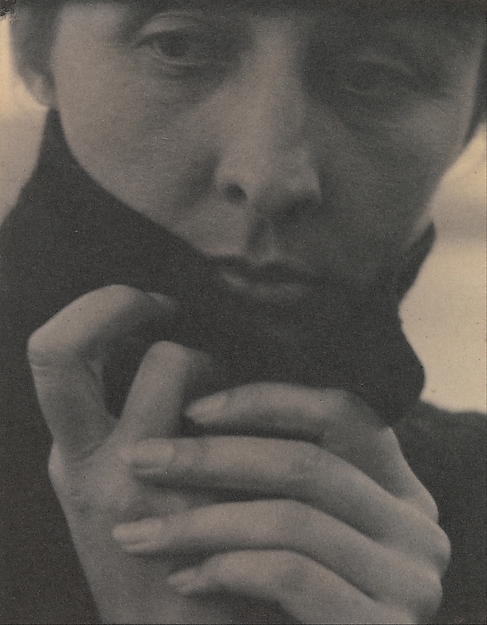

It was in California where I read Maeve Binchy’s novel The Glass Lake - a daughter-mother relationship tale set in rural Ireland and urban England during the 1950s. I have been remiss in continuing to read her works, though Maeve Binchy was one of thirty women writers I featured in this blog during March 2010.
Wherever Maeve Binchy has traveled, there are bound to be others willing to form a new circle of friendship with the Irish writer. May they be a treasure to her as Maeve will be to them.
Images:
Left: Maeve Binchy from the website bellenews.com
Center: Front cover of The Glass Lake from the website bookcrossing.com
Right: Maeve Binchy from the website livelib.ru
Wherever Maeve Binchy has traveled, there are bound to be others willing to form a new circle of friendship with the Irish writer. May they be a treasure to her as Maeve will be to them.
Images:
Left: Maeve Binchy from the website bellenews.com
Center: Front cover of The Glass Lake from the website bookcrossing.com
Right: Maeve Binchy from the website livelib.ru






















.jpg)


